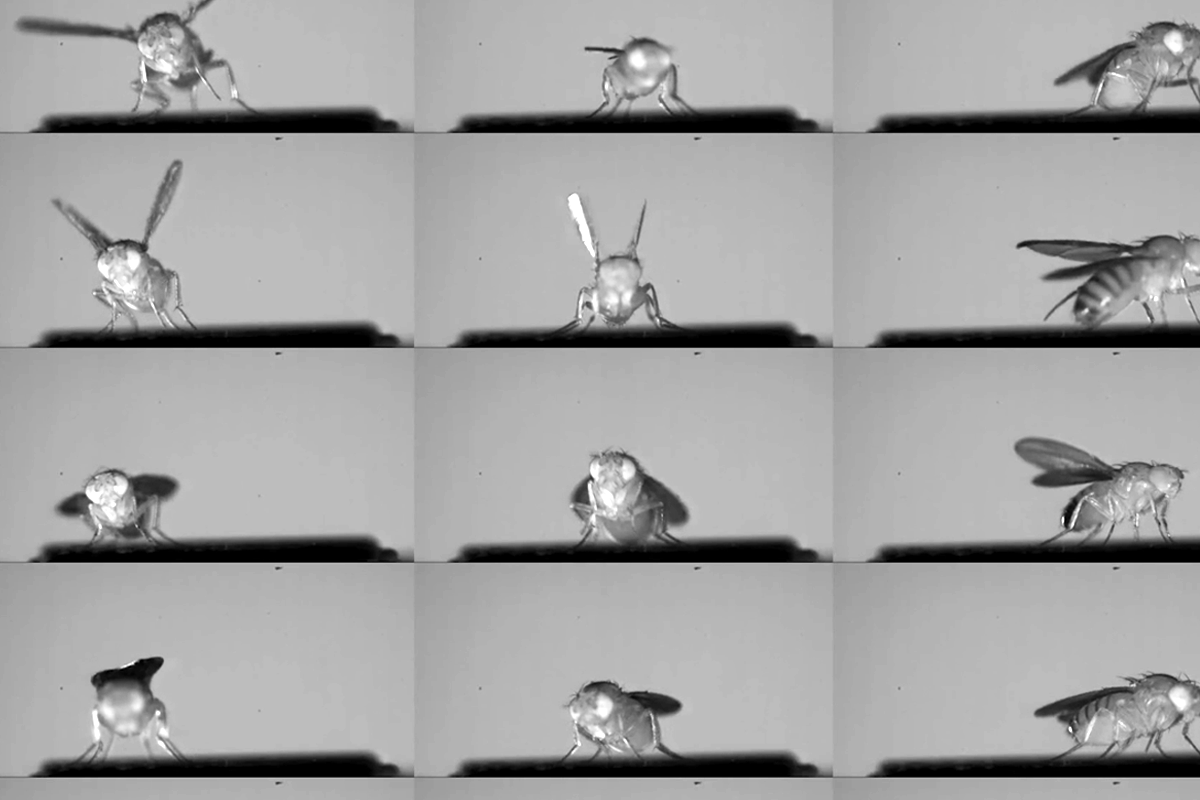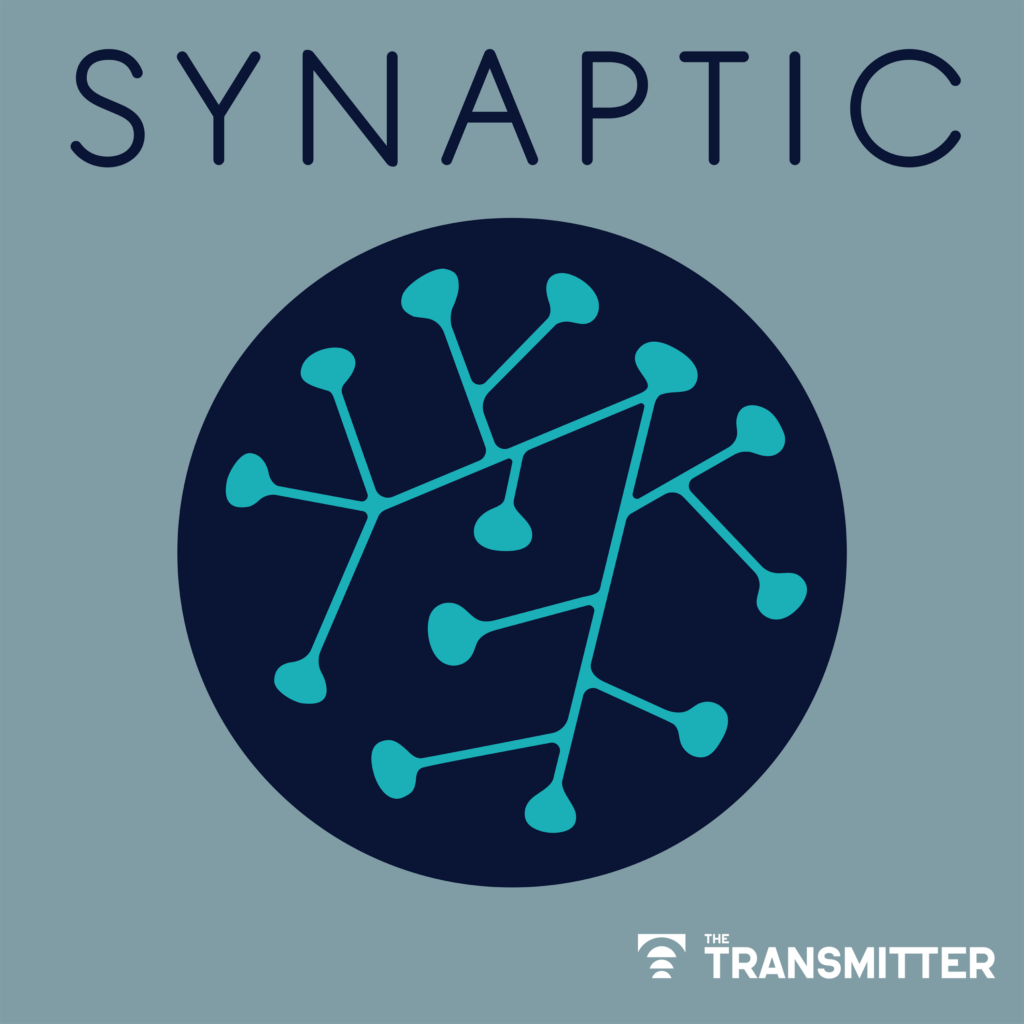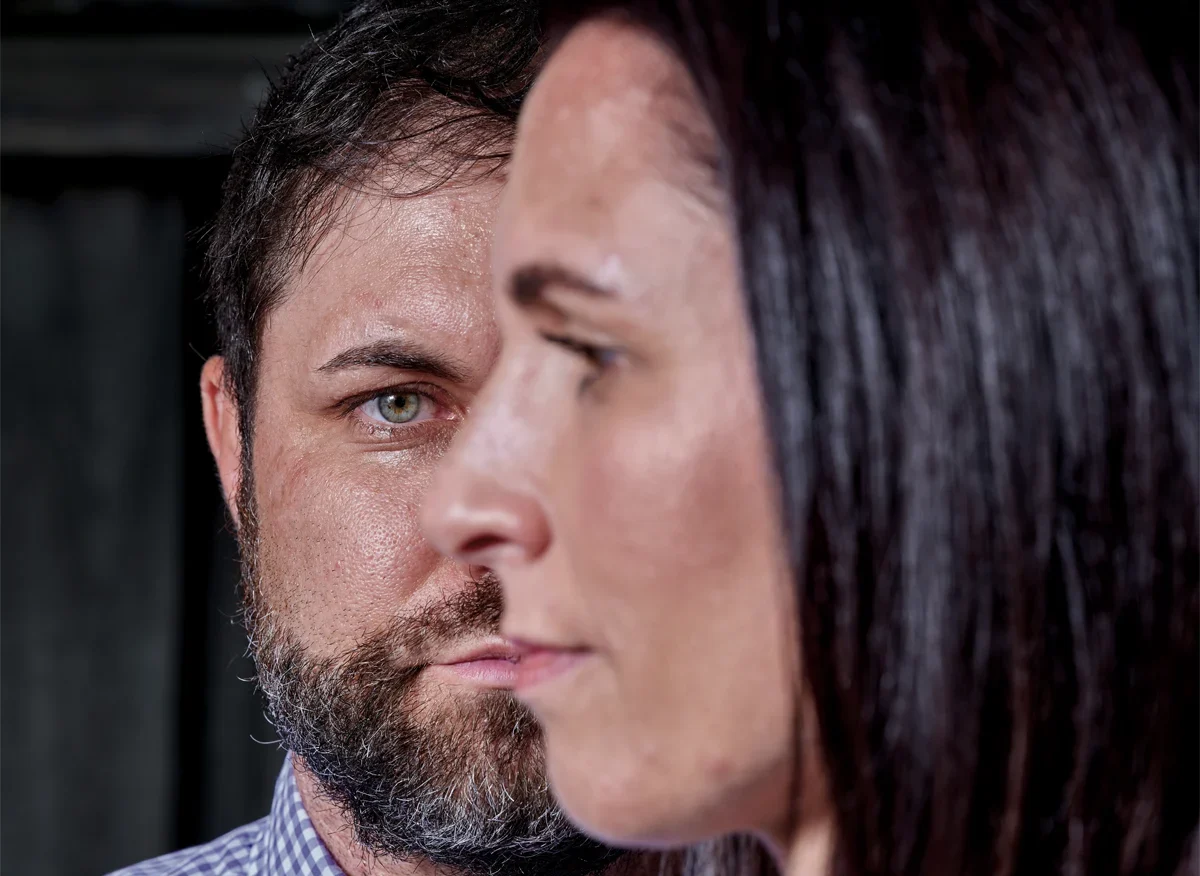Audio, video and photography can sometimes tell a story better than any text — as is the case for the three examples below, our favorites from the past year. In The Transmitter’s new podcast, “Synaptic,” scientists talk about their lives and their work in their own words, often getting more personal than they would in other formats; below, we highlight a few of the eight interviews done thus far in the series. In the featured video below, seeing the apparatus the researchers designed helps viewers grasp the challenge and novelty of what they are doing. And the photo essay we feature, excerpted from a recent book, brings people with early-onset Alzheimer’s disease, and their reasons for participating in clinical trials, vividly to life. We hope they resonate with you as much as they did with us.

Seen and heard: The Transmitter’s top multimedia stories in 2023
Our audio, video and photo highlights from the past year help to transport readers into scientists’ lives and research, and the lives of their study participants.
Introducing the ‘Synaptic’ podcast

In April, over at Spectrum, we launched “Synaptic” — a podcast that explores “the people, the science and the challenges in neuroscience research.” The monthly series moved with us to The Transmitter in November. In each episode, host Brady Huggett, enterprise editor for The Transmitter, interviews a leading scientist. Tune in to hear about Catherine Lord’s memories growing up near LAX, Brian Boyd’s inspirational work at a summer camp, Ardem Patapoutian’s immigrant journey and David Sussillo’s formative years in a group home in Albuquerque, New Mexico, among other life-changing stories.
Reading fly minds in a mini-IMAX theater
How does the brain generate a motor response based on a visual stimulus? That’s something that Gwyneth Card, associate professor of neuroscience at Columbia University, wants to understand — so she and her team designed a “fly IMAX theater,” described in this video. The setup enables them to study how individual flies move in response to simulated predators and to track which neurons control that movement. The resulting connectomes provide new clues about the factors that shape an animal’s behavior.
Unmasking Alzheimer’s disease

People participate in clinical trials for a variety of reasons — some of which are explored in this set of images and captions from photographer Joe Wallace’s book, “The Day After Yesterday: Resilience in the Face of Dementia.” Published in October, the book features portraits of participants in trials from the Dominantly Inherited Alzheimer Network (DIAN), which studies a form of Alzheimer’s that affects people in their 30s to 50s. “It’s a special and rare group,” Wallace told The Transmitter. “They all know they have a terminal illness, yet they have the courage to participate [in the studies] for the benefit of others.”
Recommended reading

The Transmitter’s favorite podcasts of 2024

The Transmitter’s favorite essays and columns of 2024

Say what? The Transmitter’s top quotes of 2024
Explore more from The Transmitter

Too much or too little brain synchrony may underlie autism subtypes

Smell studies often use unnaturally high odor concentrations, analysis reveals
